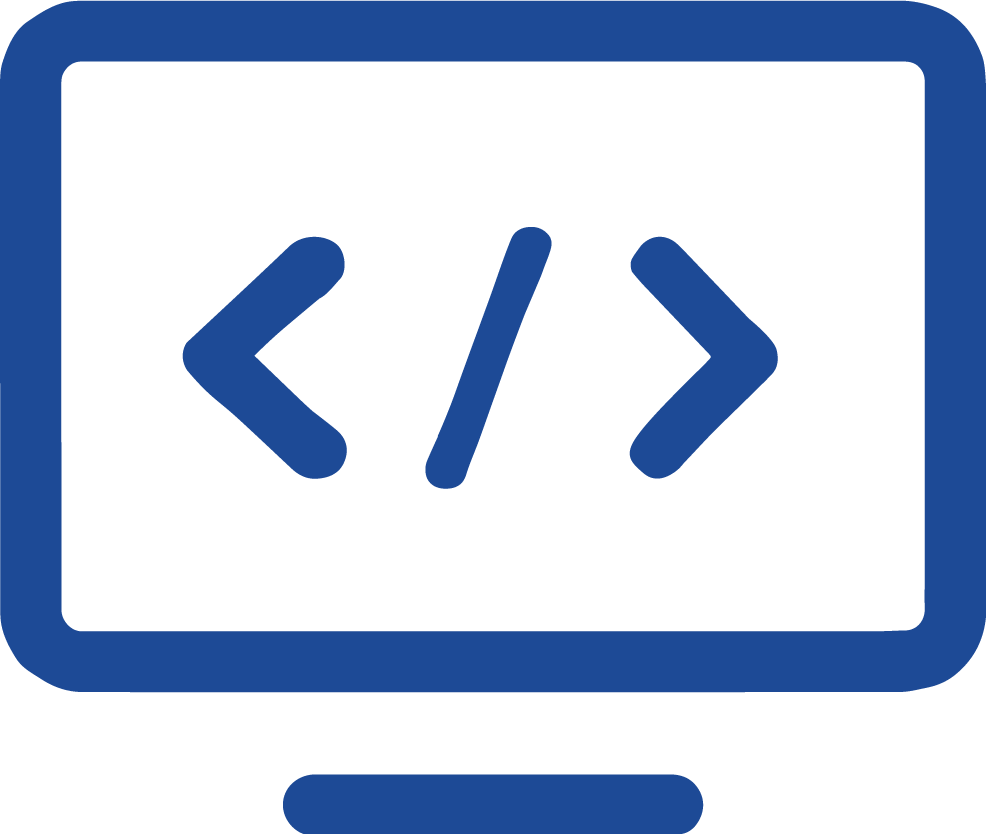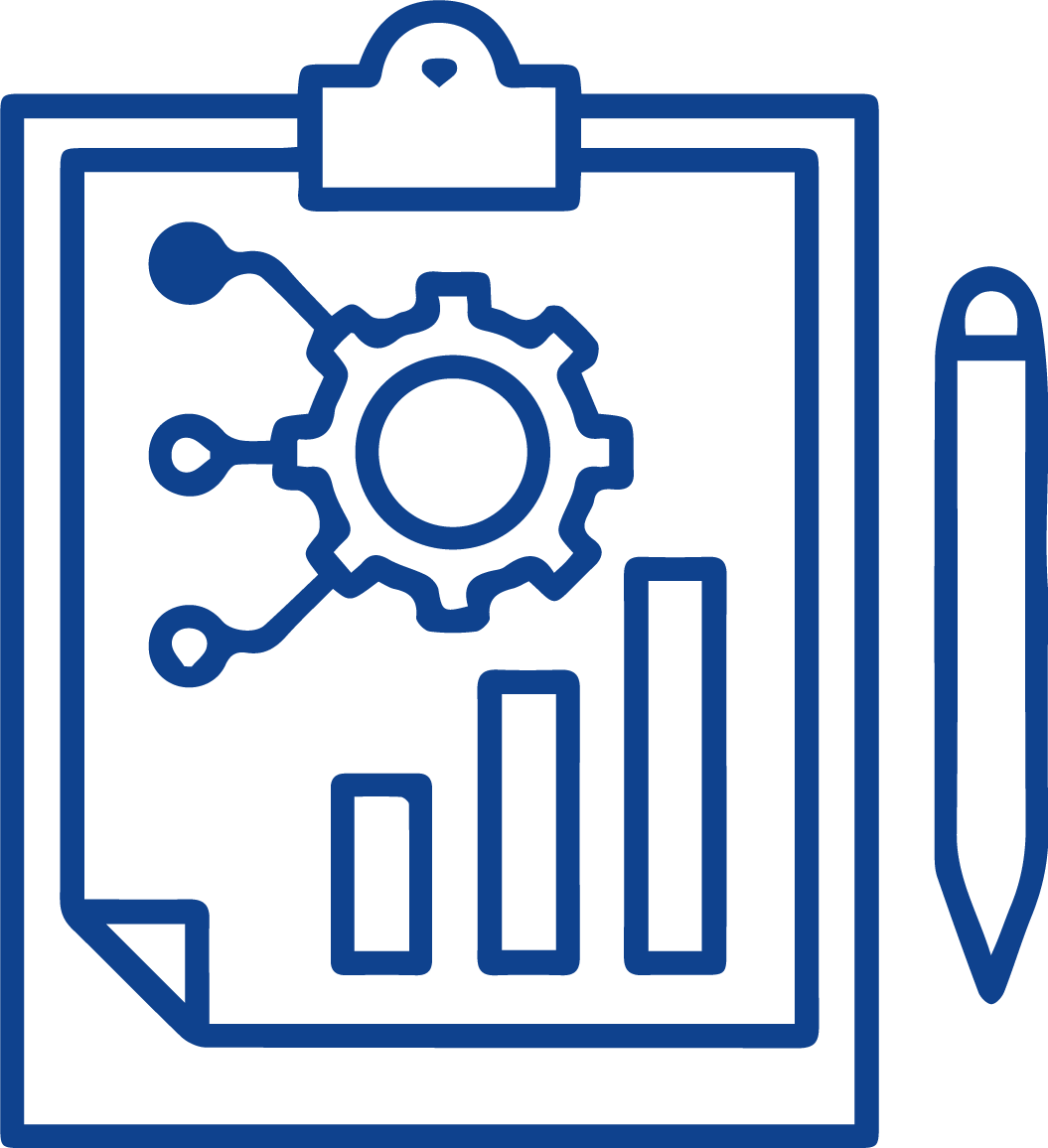Use case
Artelys Knitro is used to help computer science researchers find optimal edge computing deployments
Use case
Artelys Knitro is used to help computer science researchers find optimal edge computing deployments
Edge computing is becoming a complementary architecture to cloud computing. A key advantage of edge computing is that edge data centers are typically located much closer to users than traditional cloud data centers. This is especially relevant for applications with tight latency requirements, like virtual reality, autonomous vehicle or the Internet of Things. However, since edge clusters are often resource-constrained, there is a trade-off between network latency and server processing latency while deploying applications on both edge and cloud.
The authors propose an approach aiming at devising hybrid cloud/edge deployment plans guaranteeing an end-to-end latency (i.e., mean response time) lower than that of the pure cloud deployment counterparts, at minimal cost. For a given scenario with number and location of users and data centers, the method optimizes the number of servers per data center as well as the probability, for each possible pair user / data center, that a request from the user is scheduled to the data center. The resulting probability matrix enables the scheduler to realize the trade-off between edge processing and cloud processing.
Because the mean end-to-end response time is a highly nonlinear and nonconvex function of the number of servers and scheduling probabilities, the authors used the Interior-Point/Direct algorithm of Artelys Knitro with the multistart feature to solve a continuous relaxation of the problem before rounding. Results show that the proposed approach indeed produces deployment plans at least as efficient as cloud deployments for an equal or lower budget. In addition, the proposed method outperforms purely edge deployments (i.e., when users send their requests to the closest data center) by 11% to 24%.
Start with a tutorial!
You’re not familiar with nonlinear optimization? This tutorial will present some examples of nonlinear problems for various applications. You will discover nonlinear programming methods using the Artelys Knitro solver in a Python notebook, through different examples.
Free trial
Get your trial license to test Artelys Knitro’s performances on your own mathematical optimization problem. The trial package includes free support and maintenance. You can have access to Artelys Knitro for free with a 1-month unlimited version or a 6-month limited version.
Artelys Knitro has unmatched performance

Best Nonlinear
Solver
Artelys Knitro has been ranked every year by public benchmarks consistently showing Artelys Knitro finds both feasible and proven optimal solutions faster than competing solvers.

Technical support
The Artelys technical support team comprises Artelys’consultants (PhD-level) who are used to solving the most difficult problems and deploying enterprise-wide optimization solutions. They can advise on algorithmic or software features that may result in enhanced performance in your usage of Artelys Knitro.

Updates and new features
The development team works continuously to provide two releases of Artelys Knitro every year. Based on feedback, we always improve our solver to meet users’ requirements and need to solve larger models faster.
© ARTELYS document.write(new Date().getFullYear()); • All rights reserved • Legal mentions